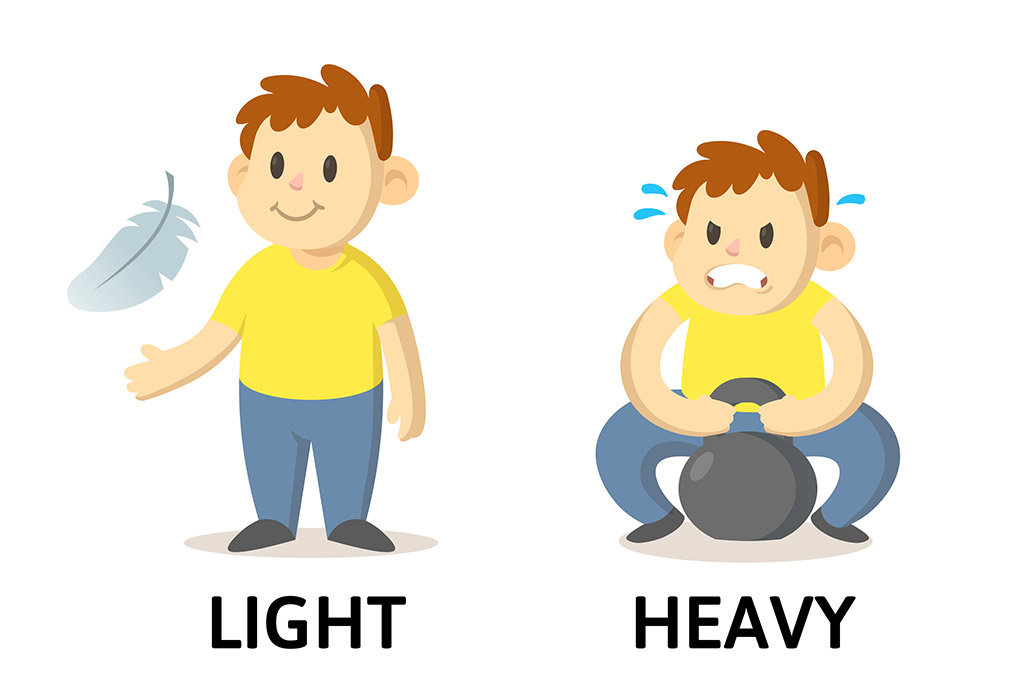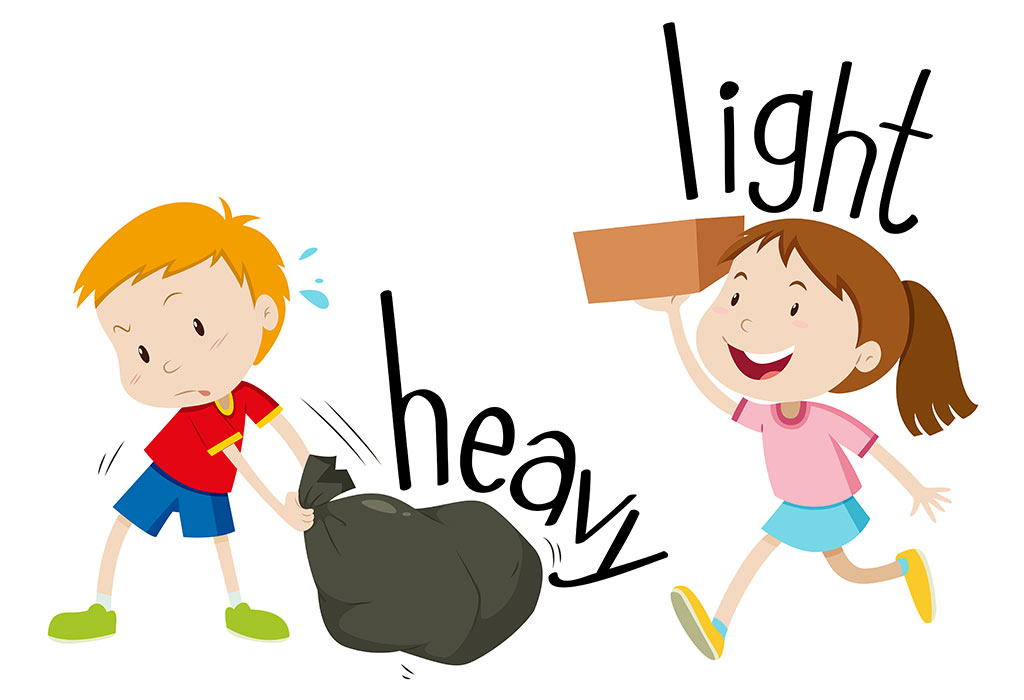How Heavy Was Mike Tyson? Exploring The Weight Of A Boxing Legend
When we talk about boxing legends, Mike Tyson’s name, it’s almost always at the top of the list, isn't it? His impact on the sport was, you know, truly immense, and he captured the world's attention with his powerful punches and intense ring presence. People often wonder about the physical attributes that made him such a formidable force, and a common question that pops up, very frequently, is about his fighting weight.
It’s a natural thing to ask, too, isn't it? After all, in boxing, weight can mean a lot. It suggests power, speed, and how a fighter might match up against others. Tyson, known as "Iron Mike" and "Kid Dynamite," definitely brought a certain kind of "heavy" to the ring, not just in pounds, but also in the sheer force he carried.
So, how heavy was Mike Tyson, really? We'll explore his weight throughout his incredible career, looking at the numbers and, perhaps, what "heavy" really meant for a fighter of his caliber.
- Justin Gray Lawyer
- Quotes From Martha Stewart
- Hotel Carlton In Paris
- Les Rudd
- Hold On Im Coming Lyrics Meaning
Table of Contents
- Mike Tyson: A Brief Look at a Boxing Giant
- The Many Meanings of "Heavy" in Tyson's World
- Tyson's Fighting Weight: A Career Overview
- The "Heavy" Impact of Tyson's Style
- The "Heavy" Responsibility of a Legend
- Frequently Asked Questions About Mike Tyson's Weight
Mike Tyson: A Brief Look at a Boxing Giant
Michael Gerard Tyson, born on June 30, 1966, in Brooklyn, New York, is that, a name synonymous with boxing greatness. He began his boxing journey at a remarkably young age, just 13 years old, which is pretty early for anyone to start such a demanding sport. This early start, you know, set the stage for an extraordinary career.
He quickly rose through the ranks, demonstrating a ferocious and intimidating style that earned him the nickname "The Baddest Man on the Planet." Tyson, basically, made history when he became the youngest heavyweight champion ever. This achievement came in 1986, when he stopped Trevor Berbick in the second round of their bout in Las Vegas, capturing the WBA heavyweight title in dramatic fashion.
By the end of 1987, Mike Tyson had secured all three major titles, becoming the undisputed heavyweight champion. He holds the record as the youngest boxer to win the WBC, WBA, and IBF heavyweight titles. His resume proves he is, arguably, one of the boxing greats. Tyson retired from professional boxing in 2005, leaving behind an undisputed legacy, though his achievements in the ring were, in some respects, often overshadowed by a turbulent personal life.
Personal Details and Bio Data
| Detail | Information |
|---|---|
| Full Name | Michael Gerard Tyson |
| Born | June 30, 1966 |
| Birthplace | Brooklyn, New York |
| Started Boxing | Age 13 |
| Became Youngest Heavyweight Champion | Age 20 (1986) |
| Titles Held | WBC, WBA, IBF Heavyweight (Undisputed) |
| Professional Record | Former undisputed heavyweight champion of the world |
| Notable Nicknames | "Iron" Mike, Kid Dynamite, The Baddest Man on the Planet |
| Retired | 2005 |
The Many Meanings of "Heavy" in Tyson's World
When we talk about "heavy" with Mike Tyson, it’s not just about the number on a scale, you know? The word "heavy" can mean so much more. It implies something having greater density or thickness than the average of its kind, or, in a way, something that is thick, strong, or solidly made. This description, it seems, fits Tyson's physical presence in the ring quite well.
"Heavy" can also mean something that requires significant physical effort or strength to move, lift, or carry. For Tyson, this wasn't just about his own body, but also the "heavy" punches he delivered, which were hard to lift or carry for his opponents, basically. His explosive combinations and defensive skills, seen when he trained on the heavy bag, showed just how much power he could generate.
Beyond the physical, "heavy" can refer to something that is great in amount, degree, or intensity. This really captures the essence of Tyson’s fights; there was often "heavy fighting" going on, wasn't there? It also describes something that is intense, difficult, or burdensome in a figurative sense, like the "heavy responsibility" that came with being the youngest undisputed heavyweight champion. So, when we ask "how heavy was Mike Tyson?", we're really asking about more than just his weight in pounds.
Tyson's Fighting Weight: A Career Overview
Mike Tyson's fighting weight varied throughout his career, as is typical for many boxers, you know. While specific numbers for every single fight aren't always highlighted in every text, we can piece together a picture of his general weight range and how it related to his performance and legacy. His height, weight, age, and body measurements were always topics of interest for fans and analysts alike, and for good reason, too.
Becoming the Youngest Champion
When Mike Tyson made history in 1986, becoming the youngest heavyweight champion, he was, in some respects, at a weight that allowed him to be incredibly fast and powerful. His first world title shot against WBC heavyweight champion, Trevor Berbick, saw him undefeated and seen as one of the most devastating punchers around. At this point in his career, his weight was optimized for the explosive, quick knockouts he became famous for.
The Undisputed Era
By the end of 1987, when Mike Tyson secured the three titles to become the undisputed heavyweight champion, he was, arguably, at the peak of his physical prowess. His weight during this period was a key factor in his ability to dominate opponents. He became the youngest undisputed heavyweight champion because of his combination of strength, speed, and, you know, a very effective fighting weight.
Prime vs. Modern Heavyweights
It's interesting to compare Tyson's prime weight to today's heavyweights, isn't it? For instance, Mike Tyson doesn't look like he had any more muscle mass in his prime than someone like Anthony Joshua. Yet, AJ, who is considerably taller, only has about 20 pounds on 90s Mike, despite having 8 inches over him. This suggests that Tyson, at a comparatively lighter weight for a heavyweight, possessed incredible density and strength, which aligns with the definition of "heavy" implying greater density. His weight, in a way, was perfectly suited for his compact, explosive style.
The Comeback Fight
More recently, Mike Tyson returned to the boxing ring for a comeback fight against YouTube sensation Jake Paul. This event, actually, garnered a lot of attention. Tyson was coming off a unanimous decision loss to Jake Paul in his comeback fight, with Jake Paul defeating Mike Tyson in their heavyweight fight in Dallas Friday night by unanimous decision. While his exact weight for this particular fight might have been different from his prime, it was still a heavyweight contest, showing his continued presence in that weight class. He even admitted he bit his gloves during his Netflix fight with youtuber Jake Paul, video shows.
The "Heavy" Impact of Tyson's Style
Mike Tyson’s fighting style was, quite simply, devastating. His physical attributes, including his weight and the way he carried it, contributed significantly to his legendary status. He was known for his ferocious and intimidating style, and his ability to move with such speed and power, despite being a "heavy" fighter, was truly remarkable.
The term "heavy" in his case, too, refers to the immense force behind his punches. His opponents certainly felt the "heavy" impact of his blows. This kind of "heavy" means great in amount, degree, or intensity, and that was undeniably true for Tyson’s striking ability. He was, very much, a fighter who made every punch count.
His ability to train on the heavy bag, showing off his speed, power, and head movement, was a testament to his dedication and the raw physical talent he possessed. This clip captures his explosive combinations and defensive skills that made him, what he was, basically. It's clear that his "heavy" presence in the ring was about more than just his body weight; it was about the density of his power and the intensity of his attacks.
The "Heavy" Responsibility of a Legend
Beyond the physical weight, Mike Tyson carried a "heavy" responsibility as a public figure and a champion. The text mentions that "the state fails to recognize the heavy responsibility that parents take on," and in a way, being a world champion, especially one as famous as Tyson, comes with its own kind of significant burden. His turbulent personal life, actually, often overshadowed his achievements in the ring, which shows the intense pressure he faced.
This "heavy" can also describe something that is difficult or burdensome in a figurative sense. Tyson’s journey, you know, was not always smooth. He worried about her heavy, which could imply a concern about the weighty aspects of life or the burdens others carried. The weight of expectation, the pressure of maintaining an undefeated record, and the scrutiny of the public eye all contributed to a "heavy" experience for him.
Even in his comeback fight against Jake Paul, there was a "heavy" sense of expectation and curiosity. The world watched to see if the "Iron Mike" of old could still perform. This kind of "heavy" refers to a large amount of weight, mass, or density, but also the figurative weight of a legacy and the demands placed upon a legendary figure like Mike Tyson. Learn more about on our site, and link to this page . You can also bookmark heavy.com for the latest sports news from the NFL, NBA & MLB, player news, statistics, analysis, and trade rumors.
Frequently Asked Questions About Mike Tyson's Weight
People often have specific questions about Mike Tyson's physical details, especially his weight, given his powerful presence in the boxing world. Here are some common inquiries.
What was Mike Tyson's heaviest fighting weight?
While the text doesn't provide his absolute heaviest fighting weight, it does mention that his weight varied throughout his career. Typically, heavyweights can fluctuate, but his prime fighting weight was optimized for his explosive style, allowing him to dominate and become the undisputed champion. His weight was, you know, always a factor in his incredible power.
How much did Mike Tyson weigh when he became the youngest heavyweight champion?
Mike Tyson became the youngest heavyweight champion in 1986 when he stopped Trevor Berbick. At that time, he was 20 years old. The text indicates his weight was suited for his devastating punching power and speed, which allowed him to secure the WBA title in the second round. His weight then, basically, helped define his early dominance.
How did Mike Tyson's prime weight compare to modern heavyweights?
Interestingly, Mike Tyson's prime muscle mass, in some respects, didn't appear significantly greater than someone like Anthony Joshua. However, AJ, despite being 8 inches taller, only had about 20 pounds more than 90s Mike. This suggests Tyson carried a very dense and powerful physique for his size, making him incredibly effective even against larger opponents, which is pretty amazing.
- Princess Dianas Aquamarine Ring
- Black Waterfall Cardigan
- Did Lisa Marie Presley Have A Child With Michael Jackson
- Who Did Jensen Ackles Marry
- Jasmine Guy On Drugs

Teach Kids About The Concept of Heavy & Light Objects

How to Take Care When Lifting Heavy Objects | HubPages

Teach Kids About The Concept of Heavy & Light Objects